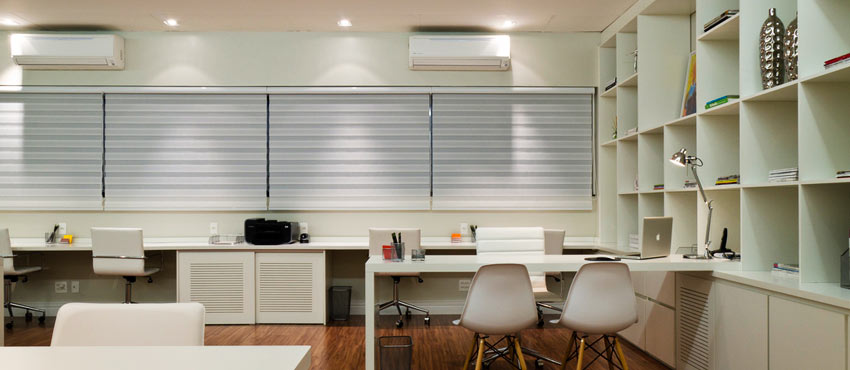While the media may be swamped with news of economic and private sector growth, this does not mean that the UK can look forward to long-term success with any great degree of certainty. More specifically, a teetering real estate market and lack of permanent job opportunities is continuing to undermine the green shoots of economic recovery, so there is reason for small business owners in particular to remain cautious.

It is also important to understand the fact that not all industries thrive and prosper, even during periods of wider growth. This can pose a challenge for aspiring entrepreneurs who are looking to start a viable business venture, as it is important to make an informed decision and establish themselves in an expanding market. Choose a viable market, and you can give yourself the best possible chance of succeeding over time.
Becoming a Commercial Interior Designer: 3 Tips for Aspiring Entrepreneurs
There has been a considerable rise in the number of creative entrepreneurs in recent times, so this may be something to bear in mind in the current market. With businesses spending more of their capital on an annual basis, deciding to set-up as a commercial interior designer could also pay dividends and provide you with a relatively secure career. Successfully launching yourself in this market can be difficult, however, so consider the following ideas before taking action: –
1. Build a Portfolio of Work
The interior design market is driven by visual impressions, so you are more likely to secure business if you can showcase completed projects to potential clients. This can create a vicious cycle for designers, however, as they must first secure contracts before they are able to complete work and develop a portfolio. You should therefore be willing to compromise when first scheduling work, as this will offer a financial incentive for companies to employ your services and enable you to develop a client base and portfolio for the future.
2. Network and Establish Industry Contacts
While networking may be an important exercise for every entrepreneur, it is particularly beneficial in the glamourous and publicised world of interior design. As anyone who has ever watched television can testify, there are a high number of home and interior design programs broadcast every day and those who are successful in their profession can rely on this medium to deliver a constant supply of work. While the commercial interior design market is slightly less glamorised, its specialist and technical nature means that those who network aggressively and build rapport with clients will claim the lion’s share of the market.
3. Reduce the Cost of Materials
While commercial interior design may conjure up images of high-end furniture and cutting edge artwork, it is important to remember that you will have cost restraints as an entrepreneur. This is where your creative bent and willingness to innovate will come to the fore, as you look to minimise the amount invested in materials and instead focus on applying your skills to create a truly unique aesthetic. As the recent trends in upcycling and thrift selling prove, there is plenty of profit to be made by purchasing bulk furniture from a supplier such as PeelMount and adding value to these through craft and innovation. This also helps you to either boost profitability as an entrepreneur or win new business by lowering your prices.
Photo credit: Favor JR / Flickr



